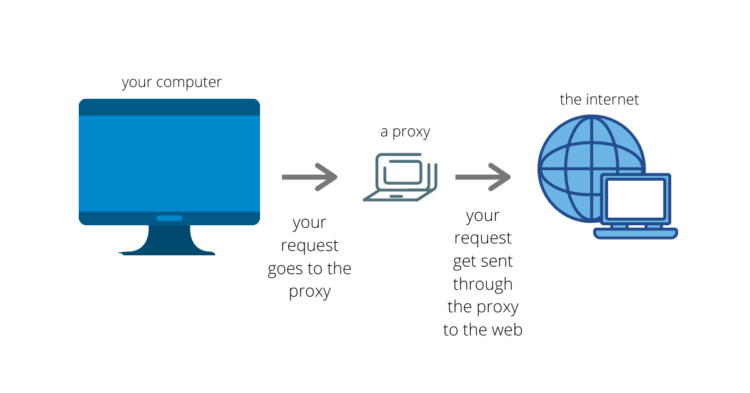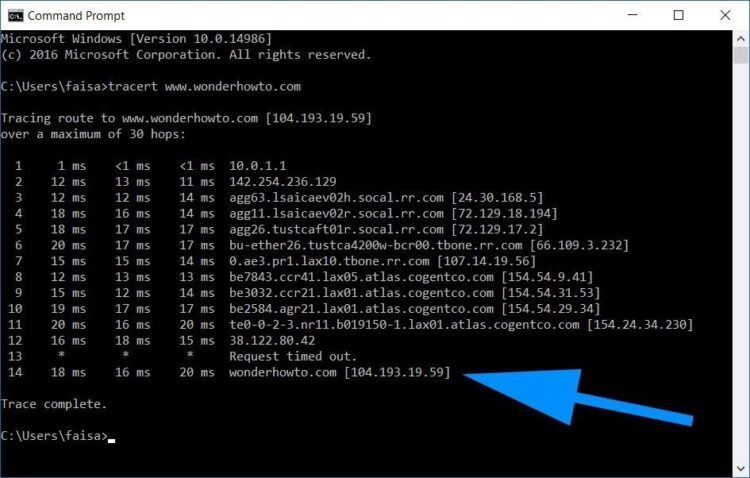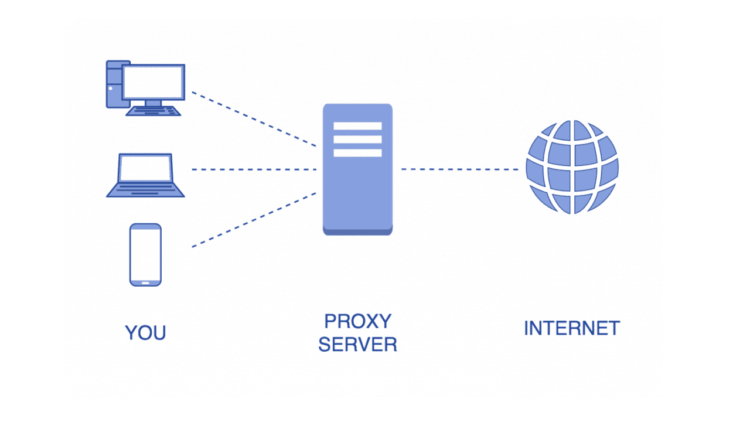
Proxy servers have distinct types and various uses, from hiding your identity to providing speedier service. The location of a particular proxy can dramatically influence the experience.
Due to the private nature of some proxies and the way they operate, it may be challenging to determine their precise whereabouts. However, there are several methods to pinpoint a proxy’s region.
This simple guide will explain how to know where a proxy is located so that you can find the best server for your needs.
Find Your Proxy’s Position Without a Technician

Locating a proxy’s location doesn’t require a tech guru, wizard, or magician. The steps below outline how to find a proxy server’s precise locale, some easier than others. Since a proxy’s location can affect everything from speed to security, knowing its location is crucial for diagnostics or simply ensuring that you are protected.
Additionally, if you are using a proxy server for data collection, a proxy server in the wrong region could invalidate your results. Thankfully, uncovering the actual location of your proxy is possible and reasonably painless.
Since each proxy has different requirements and peculiarities, there is no single solution to pinpoint a proxy. Some proxies hide their location as the main feature, and these require a bit of extra sleuthing. Nevertheless, if one technique doesn’t work, another usually will.
Take a look at the list below to learn about detecting your proxy’s location.
Ask the Proxy Provider
One of the easiest ways to find out a proxy’s region is to ask the provider. Depending on what the particular proxy is for, there may be no issues simply asking for the proxy’s actual location. If the proxy is an Unblocker or used for content delivery, the provider should tell you the region before purchase.
For other proxies, such as those for bypassing walled gardens, asking the provider may not get you very far. In the case of government restrictions, a proxy’s privacy might be necessary to protect the provider and its clients.
Even if you are uncertain whether asking the provider would be productive, go ahead and ask anyway. If you receive a positive response, you won’t need to employ the more complicated solutions.
Use IP Tracing

If the proxy provider is less than forthcoming regarding the proxy’s region, you’ll need to do some investigation. Obviously, if you are looking for a China proxy, you want to be sure that’s what you get, although navigating the particulars can be tricky.
Since a necessary part of setting up a proxy involves specifying its IP address, you could use that same address to find the proxy’s location. IP tracing isn’t as complex as popular movies make it out to be, but it does require a few steps.
Before we begin, we should mention that IP tracing is not entirely foolproof. Some proxies will have firewalls that block the trace. Also, multiple repeated trace attempts may generate entries in the proxy’s security log. If you don’t want to risk being noticed by the server administrators, proceed with caution.
If you are on Windows 10, click the Start button and open Command Prompt (PowerShell or Windows Terminal will also work.
Inside the command window, type the following:
tracert your.proxy.server.here
Replace “your.proxy.server.here” with the IP address of your proxy server, and then press the ENTER ⏎ key.
On macOS the procedure is similar. Open Terminal, and at the prompt type:
traceroute your.proxy.server.here
Again, you would replace “your.proxy.server.here” with your proxy’s IP address, and press the ENTER ⏎.
To know more visit iproyal.com
Analyzing the Results:

You will see several lines of text generated in the window as your computer traces the network path to your proxy server.
If columns of asterisks’ (*) start to appear along the path, it indicates a network timeout. Often, security software and firewalls try to block tracing by purposefully not responding to the request, creating numerous timeouts.
If everything goes well, the trace will complete, and you will see a screen of information filled with various server names. These servers represent the path between your computer and the proxy server.
The bottom three lines of the trace represent the destination, first-tier, and second-tier ISP for your proxy. Scrutinize these three server names and look for any region or country codes.
When you have finished going over the output, you should have a clear idea of the proxy’s origin. If you do not see any server names or the trace timed out, the proxy likely has security measures blocking the trace.
Try a Geolocation Service
If the previous two methods were unsuccessful, your last option is to try a Geolocation service to reveal the proxy’s area. Many geolocation tools are available on the internet; some are better than others, both free and paid. You might need to try several geo-locators before you find one that works on your particular proxy.
Some Geolocation tools are merely graphical frontends to the standard traceroute utility, so if traceroute didn’t work, the visual version won’t either. There are, however, geolocation tools that operate differently than traceroute— using databases or different protocols.
This approach requires some trial and error in some instances, and like traceroute, exercise discretion if you wish to remain anonymous. Your ISP and any other agencies involved in your internet service can see your geolocation service browsing. The advantage of using geolocation services is that you will typically see your results displayed on a user-friendly map.
You Can Find Your Proxy With Some Moxie

While it might take a bit of effort and determination to locate your proxy server’s location, it’s not impossible. Whether you need the precise region for faster speeds or circumventing particular geo-fencing, knowing the details of your proxy is vital.
As the world becomes increasingly connected with IoT devices and even household appliances connecting to the internet, having a secure, fast, reliable proxy is essential. You now have the tools in hand to find the location of your proxy.










